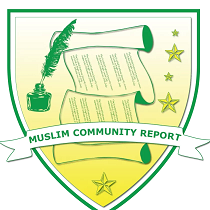Status of Education in Pakistan
Pakistan’s education system is mostly about conformity and acceptance. Overall, education is the government’s priority, neither has it been in the past.
The strategy charted out to achieve the goal included increasing public expenditures, re-introduce the technical and vocational stream and enhance the scale and quality of education in general and the scale and quality of scientific and quality of scientific/technical education in Pakistan in particular.
Pakistan has expressed its commitment to promote education and literacy in the country by education and literacy in the country by education and literacy in the country by education policies in the country by education policies at domestic level and getting involved into international commitments on education. In this regard, education policies have been made.
Per report by Dawn newspaper, “The education system of Pakistan of Pakistan is comprised of 260,903 institutions and is facilitating 41,018,384 students with the help of 1,535,461 teachers. The system includes 180,846 public institutions and 80,057 private institutions. Hence 31% educational institutions are run by the private sector while 69% are public institutes”.
On May 27th 2017, Ahsan Iqbal Chaudhary, Minister of Planning and Development and Deputy Chairman of Planning Commission said, “We are now laying on the foundation for next level of reforms to upgrade our education sector for emerging challenges and turn it into a model of excellence”.
In short, the literacy rate in Pakistan varies regionally, particularly by sex. Moreover, English is the fast spreading in Pakistan, with 18 million Pakistan’s (11% of the population) having a command over the English language, which makes it the 3rd Largest English Speaking nation in the world and second largest in Asia. According to the UN report, on the top that, Pakistan produces about 445,000 university graduates and 10,000 computer science graduates per year. Despite these statistics, Pakistan still has one of the highest literacy rates in the world and second largest out of school population (5.1 million children) after Nigeria.
Author: Syeda Faiza Bukhari

